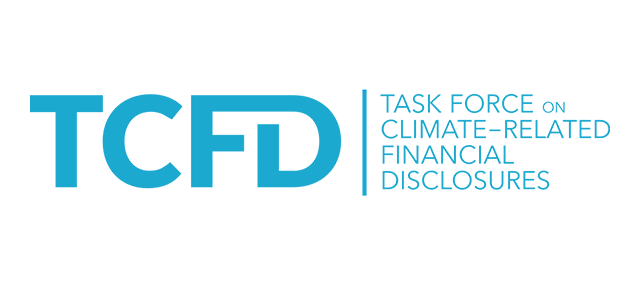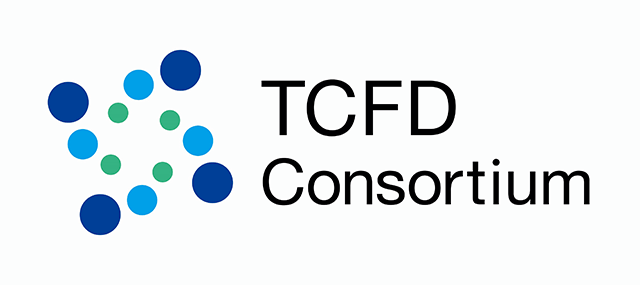Climate Change Initiatives
- Recognition of Climate Change (Background)
- Support for the TCFD Recommendations
- Governance
- Strategy
- Risk Management
- Metrics and Targets
Recognition of Climate Change (Background)
We understand that climate change issues as stated in the Paris Agreement (2015) and IPCC Special Report (2018) are anticipated to bring drastic changes to thenatural environment and social structures, which represents one of the challenges that gives impact on the asset management of HHR. Therefore, we recognizethat our earnest efforts to address these issues will contribute to securing our sustainable profitability on a medium-to-long-term basis, and maximizing unitholdervalue.
Disclosure of information in line with the TCFD recommendations
HHRAM announced its support for the TCFD (Task Force on Climate-related Financial Disclosures) recommendations and joined the TCFD Consortium, an organization consisting of Japanese supporting companies.
We will further advance our climate change initiatives and enhance our disclosure practices in line with the TCFD recommendations regarding governance, strategy, risk management, and metrics and targets.


Governance
For the sustainability promotion system (including measures against climate change) of HHRAM, please refer to Sustainability Promotion System.
Strategy
* This table can be scrolled horizontally.
| Item | Risk | Opportunity | Time frame | ||
|---|---|---|---|---|---|
| Transition risk |
Policy and legal regulations | Carbon tax and carbon pricing |
|
|
Short to long term |
| Carbon emission trading |
|
- | Medium term | ||
| Response to GHG (*2) emission regulations by ZEB and ZEH(*1). |
|
(*1) ZEB: Zero Energy Building, ZEH: Zero Energy House |
Medium term | ||
|
Technology |
Dissemination of new technology |
|
|
Medium term | |
|
Market |
Changes in energy mix, etc. |
|
- | Medium to long term | |
|
Reputation |
Change in tenants’ tastes |
|
|
Medium to long term | |
| Investors’ key evaluation points |
|
|
Short to long term | ||
| Physical risk | Acute | Extreme weather (Intensified damage from natural disasters) |
|
|
Short to long term |
| Chronic | Rise in average temperature |
|
- | Medium to long term | |
| Rise in sea level |
|
- | Long term |
Risk Management
HHRAM has established a department responsible for risk management in normal times which conducts annual risk assessments. The investigation covers a wide range of risks related to climate change (natural disasters, etc.), accidents, information management, legal compliance and other organizational operations, etc. As to risks peculiar to each business, the relevant responsible department establishes appropriate countermeasures by identifying and analyzing them.
With respect to climate change-related risks, we also conduct risk assessment from the viewpoints of possibility of occurrence and the degree of impact. Furthermore, we monitor the status of countermeasures once a year.
The Sustainability Promotion Committee also deliberates on climate change-related risks and their impact on business, etc. as necessary, and if changes are needed from the current content, such changes are reflected in the company-wide risk management by including them in a risk survey form which is used in the risk assessment.
Metrics and Targets
As for Metrics and Targets, please refer to Environmental Targets.
